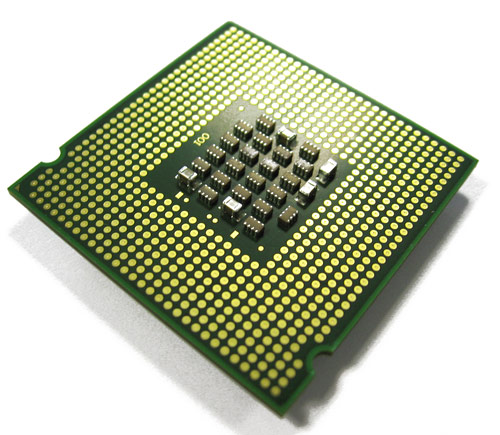Not quite dead yet, but close from working insane hours.... my life story lol. Its been 5 months since quitting a good job to focus full time on HF equities trading and almost 2 years since finance and trading appeared on my radar. But never imagined in any shape or form that successful, consistently profitable trading would be so hard. Its not surprising... I guess, if not painfully obvious as if everyone could extract money from the market like this, then everyone would be living on a Yacht in the Bahamas... or whatever fantasy you can conjure up.
Problem is the barrier to entry is unbelievably low, similar to "Art". Anyone can pickup a paintbrush/whatever and make something and put it on a wall, just as anyone can buy and sell stock/whatever and plot it on a chart. The difference? Unlike friends and family is with your Art, the market is a brutal, merciless, heartless bitch that tells you exactly what it thinks, blow by blow, day by day, no hesitation to kick you in the teeth, with cast iron steel capped boots, when your down and out in a pool of your own blood. Then finally, in a very polite and impersonal way gives a quantifiable score every minute/hour/day/month and year - sounds fun eh? :P
Guess its no co-incidence some of the smartest and sharpest people I`ve met over the last year or two are HF traders and what Ive found in nearly 2 decades of writing code in some shape or form is, you typically find is one, two or maybe three if your really lucky of these kinds of truly gifted people in your standard tech company/division (*1) yet it seems every successful HF trader ive met is one of these gifted people - none of this big dumb asshole trader image that is typically in popular culture.
So as 6months draws to a close, after dozens of strategies, endless hours looking at charts, flows, stats, far too much hair pulling and about 5 completely re-written trading systems(one day will write that all up) I`m ready to jump in and start trading for real January 2012.
Maybe PnL >0
Maybe PnL < 0
But... Enjoy the holiday break and all the best for 2012!!
(*1) - this means people who get shit done, not those who can cite text books, bullshit brilliantly or display alphabet soups after their name.









































